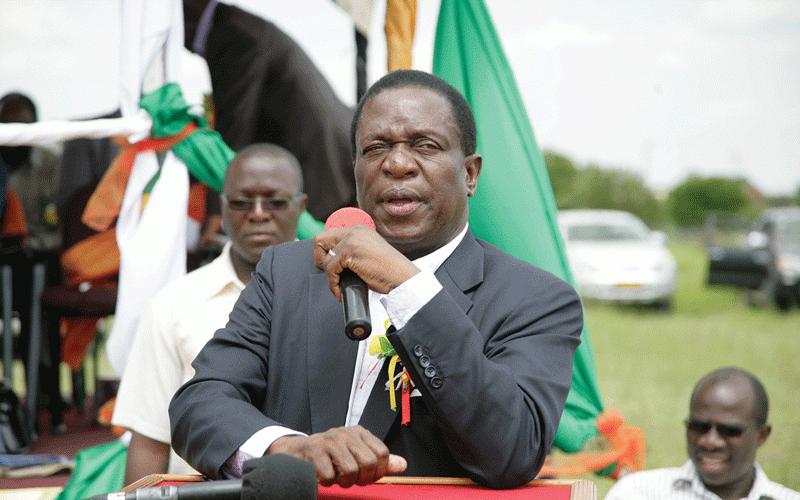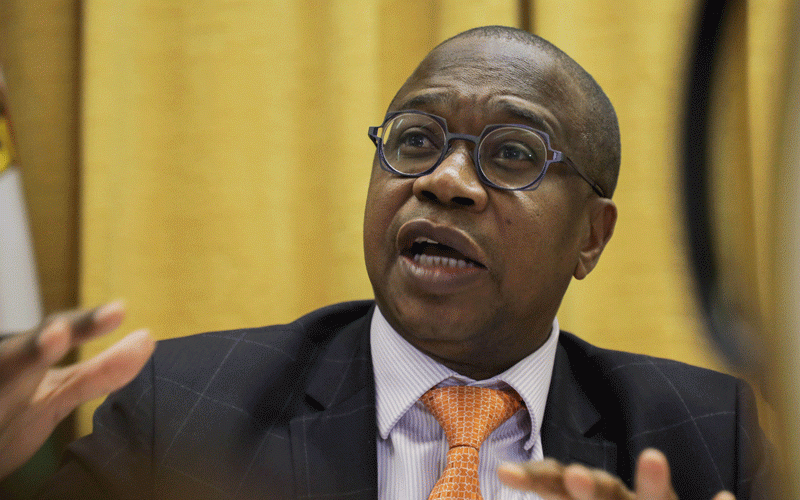
THE country has witnessed a spike in prices amid fears of shortages of basic commodities.
The sharp rise in prices comes as authorities claim they have ticked all the boxes to buttress the new currency Zimbabwe Gold (ZWG), which debuted on April 5 to replace the then fast-depreciating Zimbabwe dollar.
However, evidence on the ground shows that the honeymoon could be over for ZWG, Zimbabwe’s sixth attempt at having a functional local currency in 15 years.
While the dollar is trading at ZWG13,9477 on the formal market, the new currency has depreciated on the parallel market by 30% over two weeks, moving from US$1:ZWG20 to US$1:ZWG26, according to the Consumer Protection Commission (CPC).
In some areas such as Hwange, Nkayi, Lupane and Dete, the dollar is trading at ZWG35, it said.
The parallel market has become the main source of foreign currency for companies and individuals as the official channel struggle to meet demand.
There is no evidence on the ground to support the notion that reserves coverage ratio for ZWG has grown to four from three when the currency debuted on April 5.
Currently, a 2-litre bottle of Mazoe Orange Crush is retailing at ZWG114 in major supermarkets, which is equivalent to US$8.
- Caledonia lays out Bilboes revival plan
- Letter from America: Gold Mafia: Zim government should rethink its policies!
- So, is it a currency?
- Will gold tokenisation work?
Keep Reading
The same product is being sold for US$5.
The disparity is so huge and it points to wrong fundamentals.
CPC said this week the disparity in prices between retailers and tuckshops was because the former want to insulate themselves against exchange losses arising from the widening gap between the official exchange rate and the parallel market exchange rate.
It said the gap has moved to 48% from 30%.
Retailers have recorded lower US dollar sales as consumers dump the ZWG.
This explains why transactions in ZWG now constitute 40% of all formal transactions.
For retailers, the low US dollar sales have resulted in them struggling to restock.
Manufacturers want US dollars and prefer tuckshops which pay in hard currency to retailers who pay in local currency after 30 or 60 days.
In an economy where more than 70% of the workforce is in the informal sector and transaction are mainly conducted in cash, the monetary policy transmission mechanism is usually low.
There are a host of reasons the informal sector does not want to go formal, the main one being the country’s tax system which “punishes” taxpayers by introducing new tax heads to those who are already paying taxes, disregarding Adam Smith’s notion that taxation should follow the four principles of fairness, certainty, convenience and efficiency.
The local currency is on shaky ground and requires authorities to take urgent measures to arrest collapse.
There are indications that the structured currency, introduced amid pomp and fanfare, is one foot into the grave.
The ZWG is crumbling like a colossus with feet of clay.











